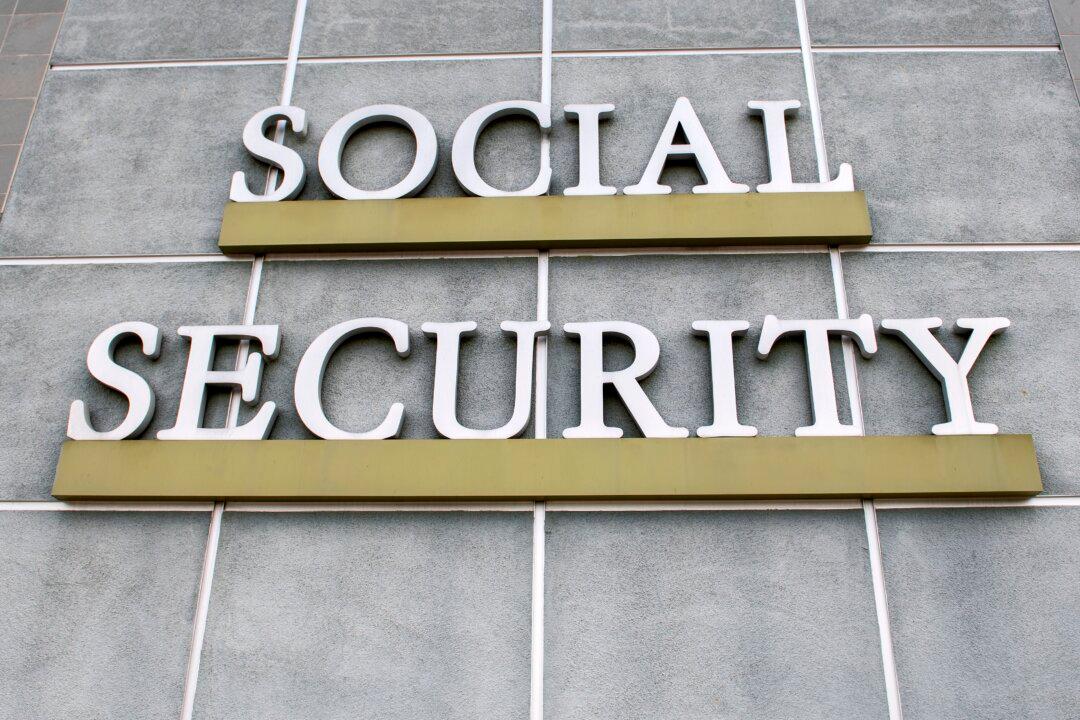In the past, Americans looked forward to the day they could retire and collect Social Security. It was something that you could count on because you had been paying for it your whole working life. Now, it seems this staple of life can no longer be counted on in the not-so-distant future.
What the Social Security Administration Says
Problems with the ability of the Social Security Administration (SSA) to maintain the current level of support for seniors have been known for a few years now. The primary cause for the problem, the SSA says, is that the number of seniors claiming Social Security—or who soon will be—has exceeded the number of people paying into it.Another reason for the growing shortage of funds to maintain the program is that women have fewer children, says CNBC. The number of children the average woman would have in 1964 was 3.2, but it dropped to 1.8 by 1974.






